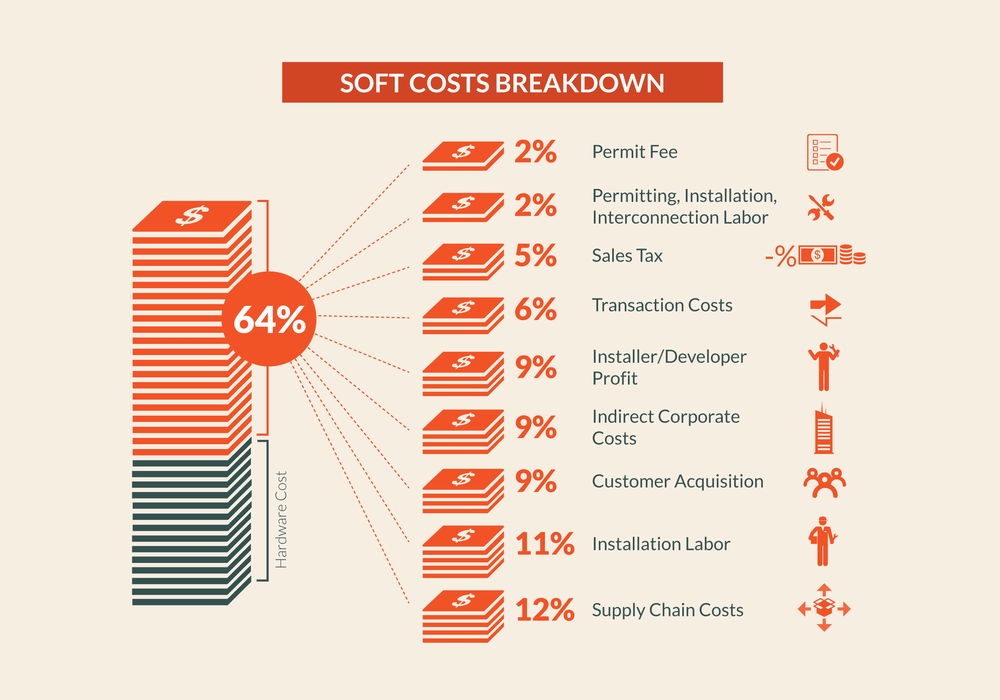by
 Despite the Trump Administration’s assertion that it will benefit the solar industry, the decision to impose a tariff on solar panels will have the opposite effect. While attempting to prop up a handful of American manufacturing jobs that may never materialize, many more jobs installing solar systems are at risk as the pace of installations will slow. Some estimate as many as 23,000 jobs could be lost. But the solar industry has proven resilient through bigger threats, and the global demand for clean energy will eclipse this decision.
Despite the Trump Administration’s assertion that it will benefit the solar industry, the decision to impose a tariff on solar panels will have the opposite effect. While attempting to prop up a handful of American manufacturing jobs that may never materialize, many more jobs installing solar systems are at risk as the pace of installations will slow. Some estimate as many as 23,000 jobs could be lost. But the solar industry has proven resilient through bigger threats, and the global demand for clean energy will eclipse this decision.
The remedy imposed by the Administration will have a few immediate impacts on the industry. The decision will increase estimated solar costs by 10 to 12 cents per watt, based on current U.S. import prices of 35 to 40 cents per watt, according to analysis done by GTM Research. This could add up to 10% to the total cost of a solar project making some projects uneconomical, leaving installers out of work and slowing carbon-cutting clean energy deployment.
To learn more about the facts behind the case, check out the CleanCapital Resource page, but here are some quick items:
- Office of the United States Trade Representative (PDF Fact Sheet)
- Solar Energy Industries Association (Statement)
- Bloomberg (Breakdown of Impact)
- GTM (Everything you need to know about Trump Tariff)
But nothing can stop solar. Installation costs have fallen substantially in the past decade, making solar the most cost effective energy option in many states and countries. Following Swanson’s Law, solar costs will continue to fall over time despite this temporary setback. This will result in cleaner, cheaper electricity reaching more people over the next decade.
Even as the cloud of the trade case loomed, U.S. investments in solar remained strong through 2017. A recent report from Bloomberg New Energy Finance (BNEF), found global investment in clean energy such as wind and solar reached about $333.5 billion in 2017, a 3% rise from the prior year, and just 7% below the record in 2015. This growth is attributed to technological advancements and declining hardware costs.
Further, solar panels account for a decreasing percentage of a project’s capital costs. The near-term cost increase imposed by the new tariffs can be mitigated by a reduction in soft costs. Soft costs, costs outside of the manufacturing and installation of solar panels, account for 64% of the overall costs of going solar.

Image courtesy U.S. Department of Energy
Also, increasing capital markets participation and liquidity will bring more efficiency. At CleanCapital, we offer project owners the opportunity to exit their portfolios to free up capital.
By bringing liquidity to this historically illiquid market, we are supporting project owners faced with immediate capital needs. Increasing the flow of capital across the clean energy marketplace remains a long-term necessity for the industry’s success.
While the tariff will hurt the solar workforce, we must keep in mind that the tailwinds are forcefully behind solar energy. Costs will continue to go down, innovation will push new bounds, and the demand for a clean energy future will grow. The future is bright.
Thomas Byrne is Chief Executive Officer at CleanCapital, where this article was originally published. He is an expert in clean energy finance, and has a passion for leveraging technology and data to expand clean energy markets. Learn more about how CleanCapital can provide liquidity for your projects.






